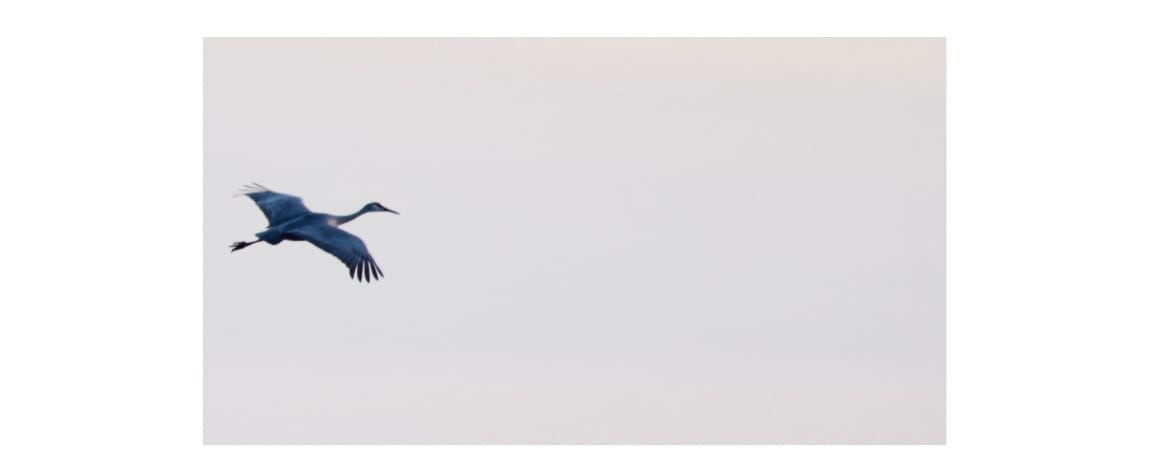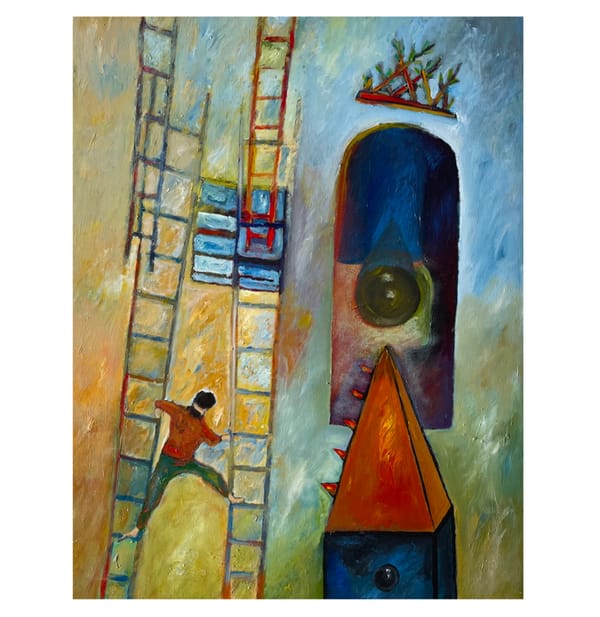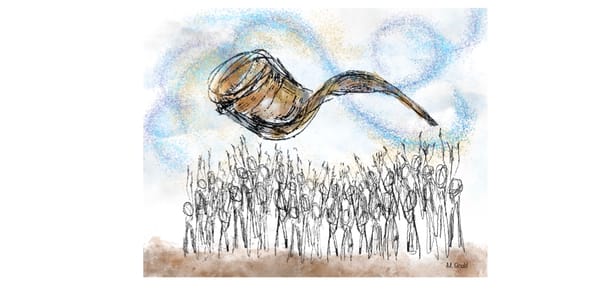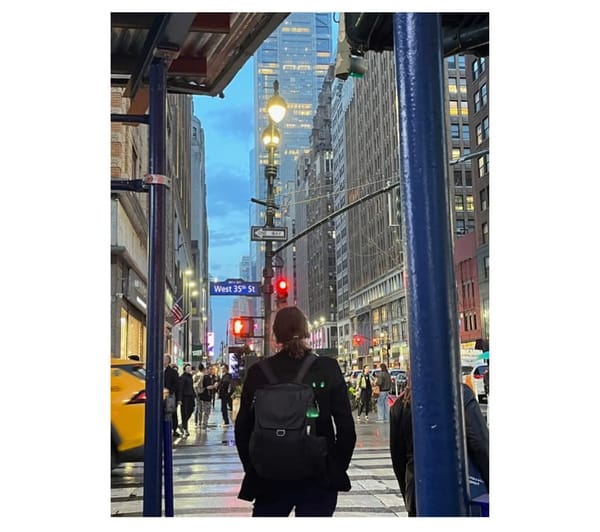Tahara: An Encounter

By Rabbi Min Kantrowitz
Initially I was just curious about Tahara…how are we supposed to care for our recently deceased friends, relatives and congregants? Is there a formal process? Specific liturgy or instructions…..but then I realized what I was really concerned about was how I would react to seeing a dead person, touching the body who might even have been, until quite recently, someone I knew.
I was afraid that I would react in some strong way—-cry in sadness, feel so uncomfortable that I would have to leave, get nauseous and throw up or just freeze in helplessness. Often when I’m in uncomfortable situations, I do better if I run toward them, rather than away…..so I signed up for the introductory meeting and training, with an explicit agreement that attending did not obligate me to join the group, the Chevre Kaddisha, who perform the cleansing and washing of the body, dress the person in the funeral garments and place them in the coffin.
As they say, in for a penny, in for a pound….so in addition to attending the demonstration of the Tahara process, I volunteered to “be” the body. I lay down on the conference table while the trainer and the several trainees stood around, listening to the directions about how to turn a body, how to wash and dress the person, how to move the person from the preparation table to the coffin. I relaxed my body, emptied my mind, entered a meditative state and allowed the group working with me to move my limbs, turn my torso, place different items of clothing on me. It was very, very relaxing to feel the gentleness and love with which these people were interacting with me, with my body. Any concerns I had about the Tahara process disappeared as I felt the calm, spiritual presence surround me and support me. Knowing that when I pass away, the deeply caring Tahara process would ‘feel’ like it did for me that day permanently altered my feelings about death. I joined the Chevre Kaddisha that day.
Rabbi Kantrowitz is a cherished rabbi and chaplain in Albuquerque, a member of the Chevre Kaddisha, and a founding member of the New Mexico Jewish Journal editorial committee.
The Albuquerque Chevrah Kadisha performs taharah for any Jewish decedent in the Albuquerque area whose family requests it. To recruit more chevrah participants and educate our community about these beautiful practices, we plan to hold an informational conference in mid-January 2025. To learn more, contact the coordinator for the chevrah, Fred Helms, who can be reached at fred.a.helms@gmail.com.
The Chevrah Kadisha of Northern New Mexico (CKNNM) performs taharah for all Jews in the Santa Fe, Los Alamos, and Las Vegas areas. The CKNNM has members from six shuls and is always ready to help families honor their dead. To get involved in this holy work, or for more information, please see website of the chevrah’s sponsor organization, the Jewish Community Council of Northern New Mexico (JCCNNM), at https://jccnnm.org/, or call 505-395-6627.
Return to HOME or Table of Contents
Community Supporter Advertisers of the NM Jewish Journal:
Jewish Community Foundation of New Mexico
Congregation Albert
Temple Beth Shalom
Jewish Community Center of Greater Albuquerque
The Institute for Tolerance Studies
Shabbat with Friends: Recapturing Together the Joy of Shabbat
Jewish Federation of El Paso and Las Cruces
Congregation B'nai Israel



